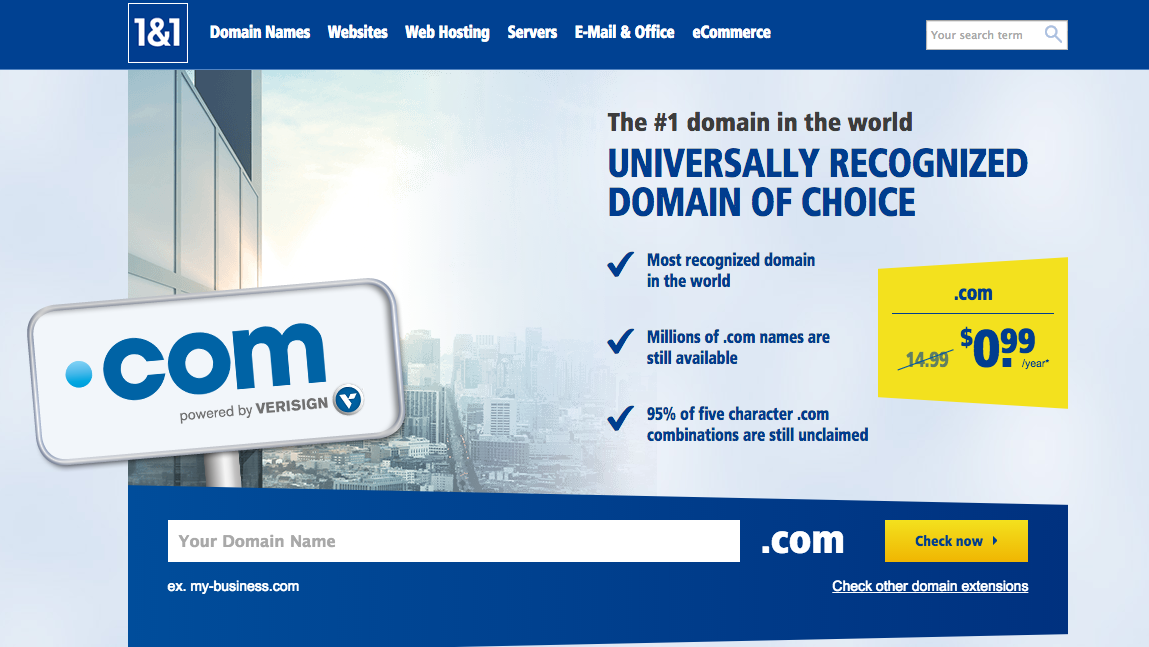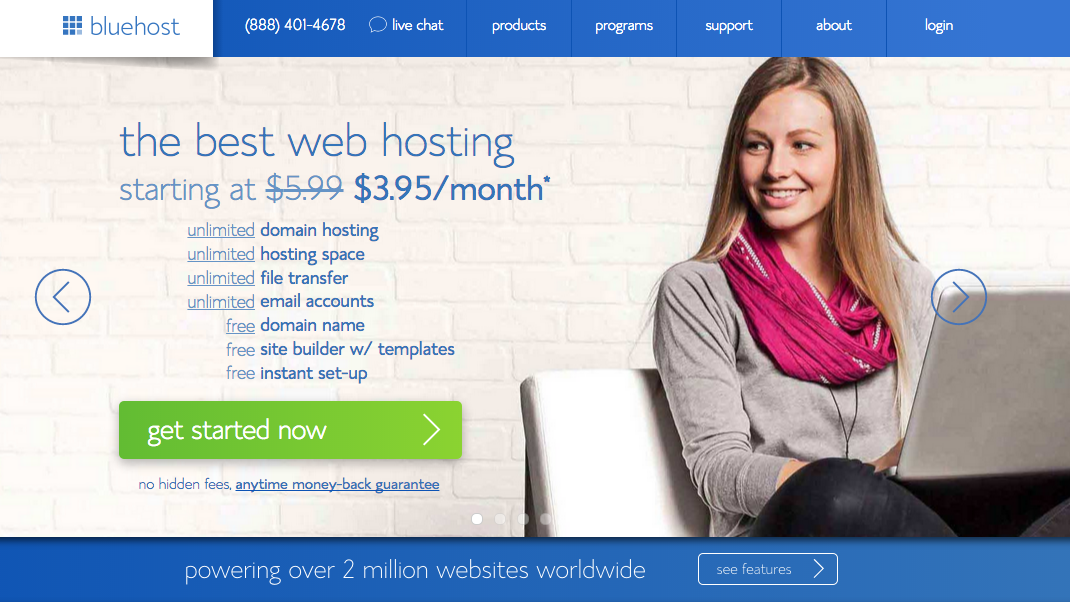As more and more of my friends have seen some of my online success, the most common question I’ve gotten, aside from “how do you make money,” is “how much does it cost?”
Before I get into how I actually set up my first blog with it’s own domain name (not just ___.wordpress.com or ___.tumblr.com), I want to explain the origin of this question.
Put simply, I’m one of those friends that hates spending money when they don’t have to. Yep, I’m one of those guys. Granted, I’ve learned as I’ve become wiser that you sometimes get what you pay for, but not always.
My goal in starting my business was to not spend 1 cent more than I had to in order to get it going. I wanted to test out to see whether or not this blogging thing could actually pay my bills and whether or not it was a hobby worth pursuing. Now that it is paying my bills, I can tell you that not only is worth pursuing, particularly if you love online marketing, but it also doesn’t have to break the bank.
Below, I’ve broken down a few steps which will point you in the right direction if you want to set up your own professional blog, and do it for less than $5 per month.
1. Pick your domain name.
This is the most crucial part of starting any kind of new venture. When picking a name for a product or venture, you should always be asking “is that domain name available?”
Unfortunately, we live in a world where people expect to be able to find you online easily from your domain name, which is usually assumed to have a “.com” attached to it.
If you do choose a product or company name that does not have a .com domain name available, my advice is to try to get as close to that domain name as possible, or to pick a whole new domain all together. You don’t want another company to get “free traffic” because people type in their name expecting it to be yours. In fact, I know someone who actually specializes in buying and owning mistyped domains!
When choosing your domain name, it’s best to go with a .com as your first choice (you can comment on this article asking why!). However, I have also made the mistake of choosing a domain name that doesn’t have a .com available, and still bought it because I wanted the domain name, like KickstarterForum.org.
I’ve used 1and1.com to purchase and manage all of my domain names. I like using their service because it doesn’t inundate with me too many add-on offers when I am purchasing a domain name. In addition, it’s easier to manage all of my domains under one service. It costs $0.99 for the first year and $14.99 for each additional year.
2. Pick your hosting provider.
Although it’s true that you can buy the “premium” version of wordpress.com, or purchase a drag and drop website from SquareSpace/Wix/Webs/etc, ultimately, hosting your own website will give you the most control over the direction of your blog.
To give you an example of why this is important, I used to date a girl who was running a blog that was getting way more traffic than mine (haha). She was doing a massive 10k page views a day and sometimes more. All of this traffic came quite un-expectantly, when one of her articles went viral. If you remember, this also happened to me at one point, with my first personal blog when I was in high school.
The problem with hosting a website with wordpress.com, as she did, is that there is always some element of risk and monthly fees that you must pay to maintain the website. Although it may take some elbow grease, it ultimately pays to have your own website on your own hosting provider so that you have 100% control. You can more easily add on functionality, backup your website, and make design changes.
Therefore, I recommend hosting your website with Bluehost, the company that hosts all of my websites. The purpose of a hosting company is to store the website files which will be “rendered” every time someone visits your blog. It’s their job to be up 24/7, functioning properly, and making sure that your website is accessible to the public.
They charge $3.95 per month to host the website on one of their lowest level plans, which is fine for people just starting out. As your website becomes more popular, you might upgrade to one of the other plans.
2. Link your domain with your hosting provider.
Keep in mind that when you purchase your domain name from 1and1.com, that domain name provider won’t know that you’ve also purchased hosting with Bluehost. You need to inform the domain that it’s “new home” is with Bluehost. You can do this by altering the CNAME records of the domain name (yes this sounds more technical than it is).
You can click here to view a guide that 1and1.com has put together to explain how to alter the CNAME. You can view this guide from Bluehost (which includes a video, which I have embedded below) on how to transfer your domain name to Bluehost.
3. Install wordpress.org on your website.
The difference between wordpress.com and wordpress.org gave me a bit of a headache first starting out, so let me set the record straight! WordPress.com is hosted and managed by the WordPress company itself. You would use it to create a blahblah.wordpress.com domain and blog. WordPress.org is the open source (free and customizable) version of WordPress, which you can install on your own private hosting server like Bluehost.
After you change the CNAME values of your domain to point to Bluehost, you can use the Bluehost “one-click” WordPress install to easily install WordPress on your web server. You can access a detailed step-by-step explanation of how to do that here. I’ve also pasted the youtube video down below explaining how to use the one-click install to download WordPress.
4. That’s it!
You now have WordPress installed on your website. You have your own domain name. Your website is being hosted with a trusted provider, which you can reach via telephone if you have any problems.
I’d recommend spending a week now getting used to WordPress, learning as much as you can about how to use it, and how and why to install updates occasionally.
You can find more details on how to get started with WordPress via WPBeginner, the WordPress guide itself, and this condensed guide.
I know it might seem like a lot to learn, but trust me. If you are finally serious about starting a blog, it’s worth all of the effort done the road.


